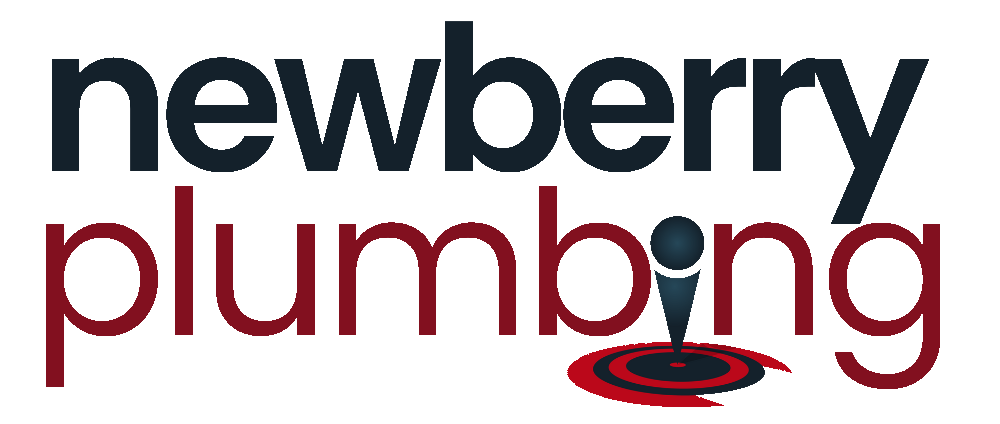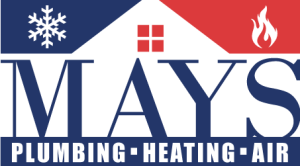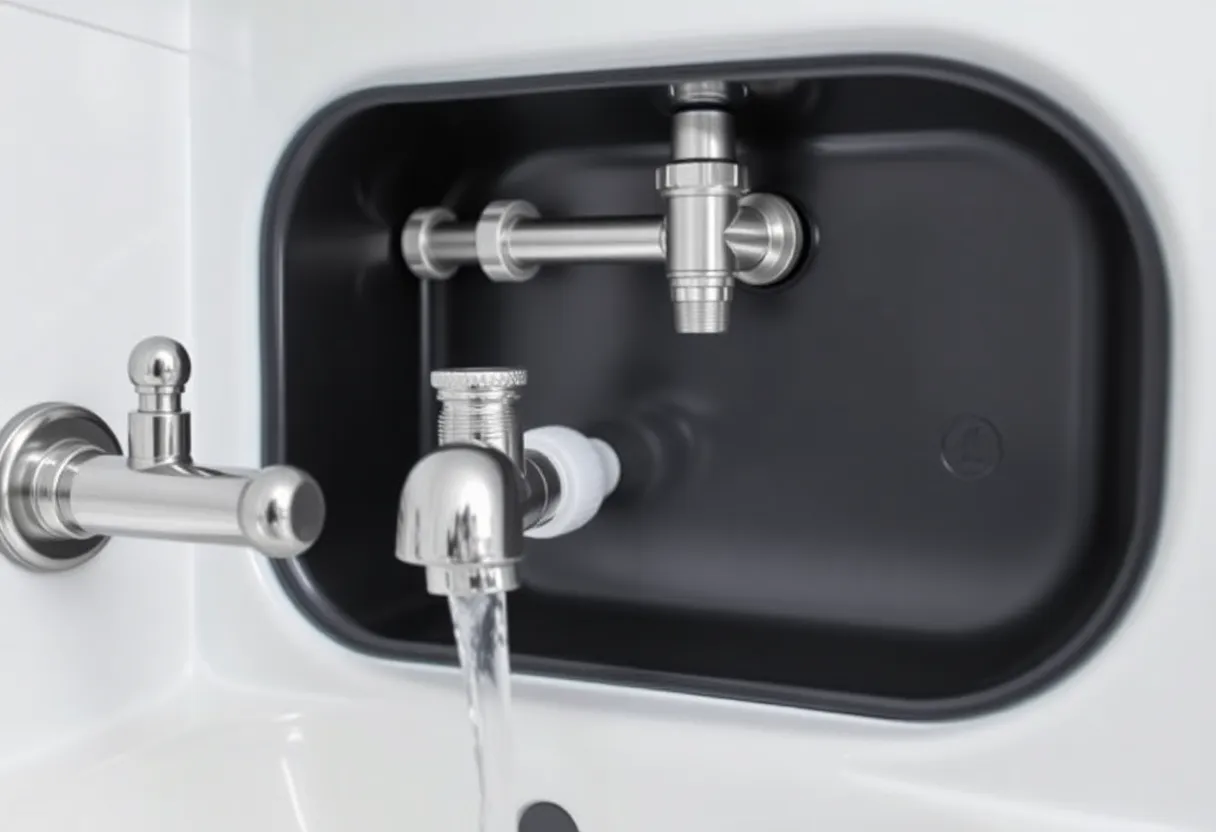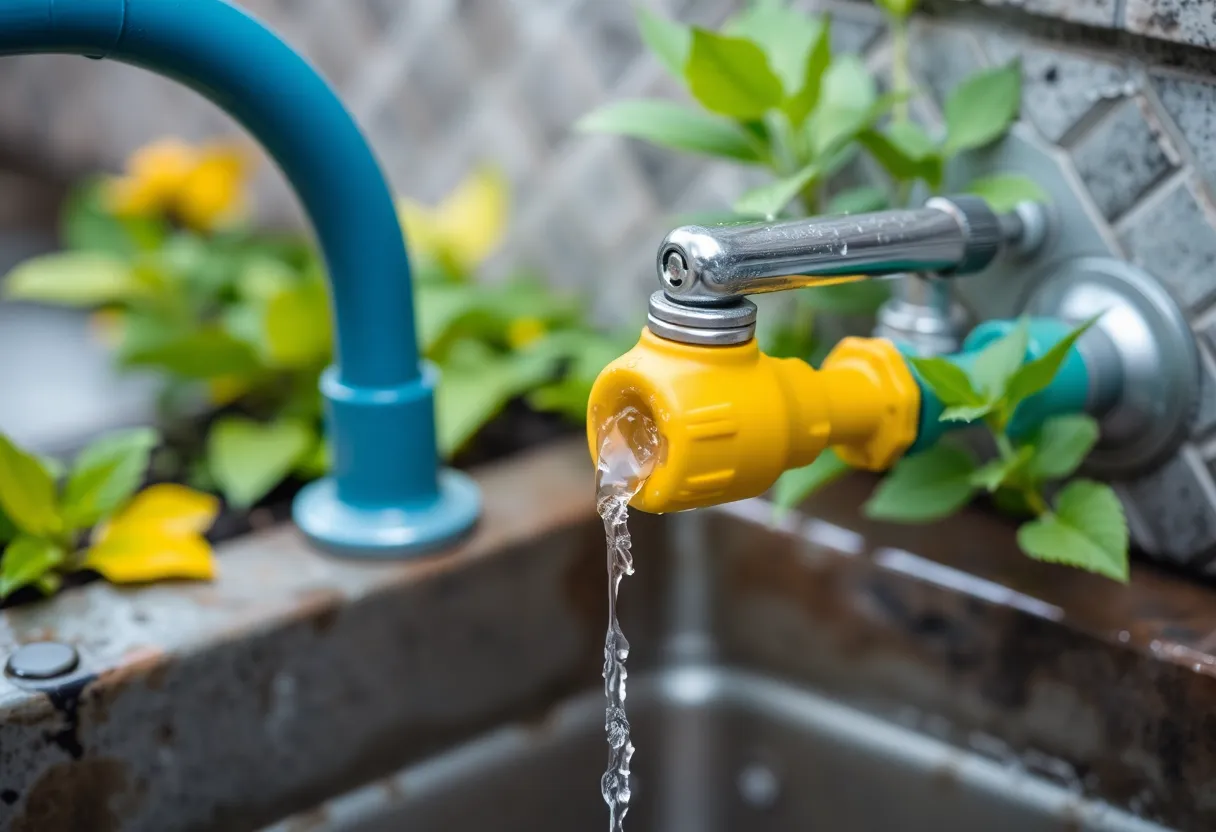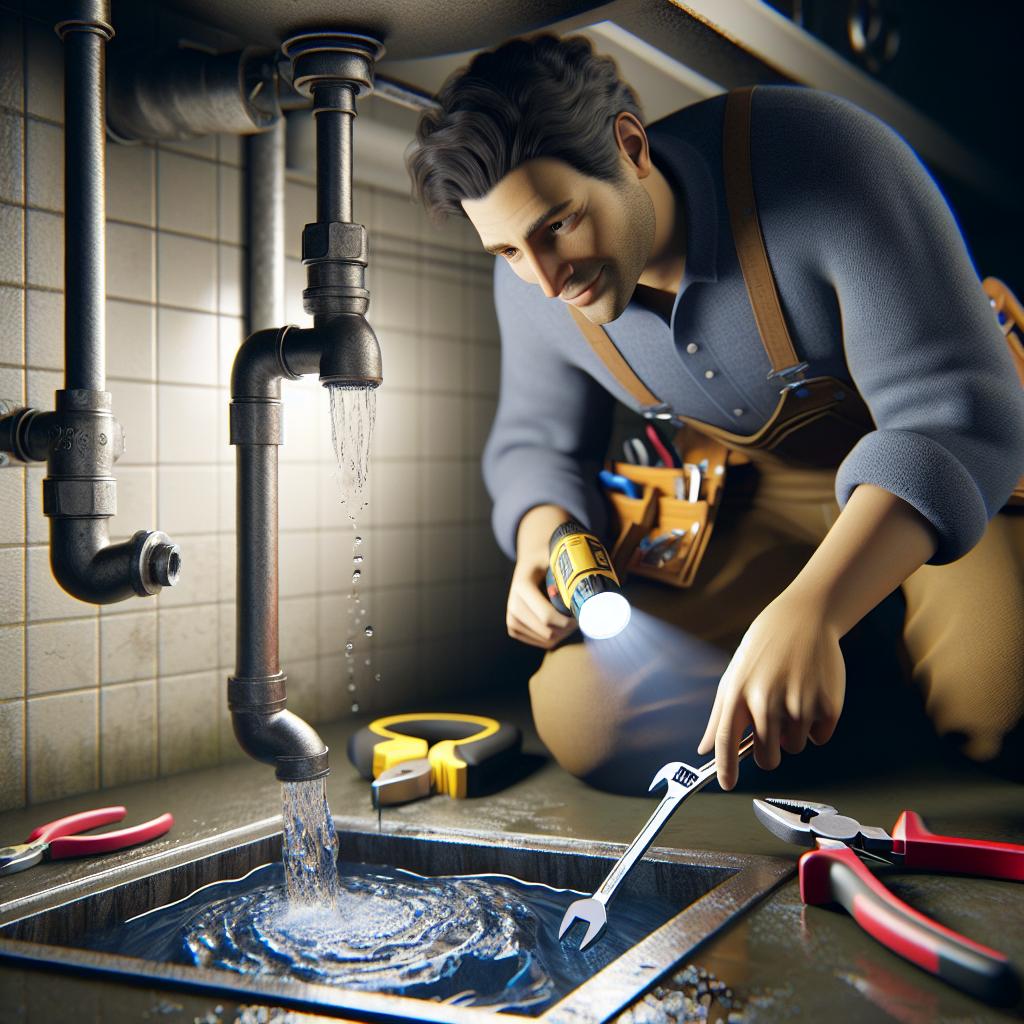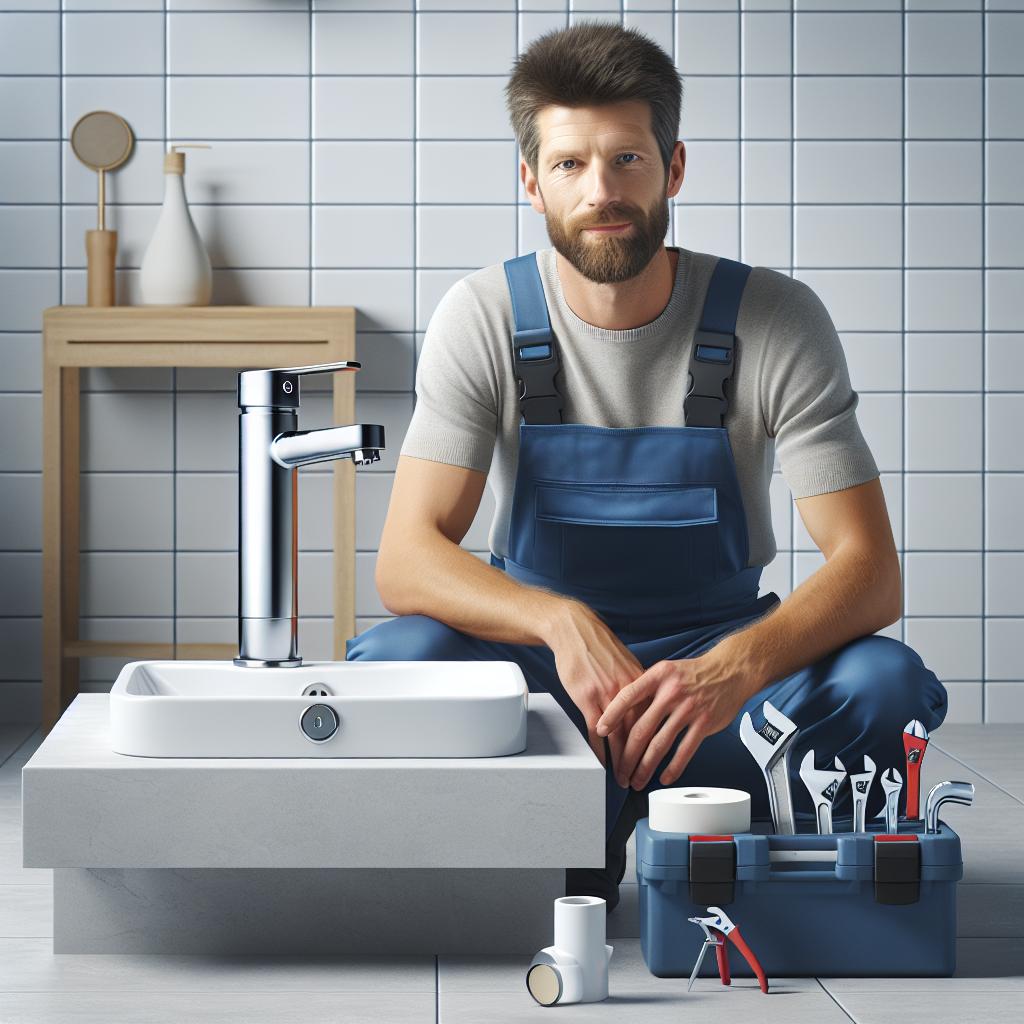The Green Pipe Dream: 10 Eco-Friendly Plumbing Solutions to Save Water and Cut Costs
In today’s world, where environmental consciousness is growing more critical than ever, finding ways to conserve resources and reduce waste is vital. Plumbing systems can often be overlooked when discussing eco-friendliness, but they play a significant role in water consumption and energy use in our homes. This article will explore ten eco-friendly plumbing solutions that can help you save water, lower your utility bills, and contribute to a more sustainable future.
1. Install Low-Flow Fixtures
A straightforward way to conserve water is by replacing conventional fixtures with low-flow alternatives. Low-flow faucets, showerheads, and toilets use significantly less water without sacrificing performance. In fact, many low-flow fixtures operate at under 2.5 gallons per minute, compared to standard models that can use over 5 gallons.
Benefits of Low-Flow Fixtures
- Water conservation: Substantially reduces water usage.
- Cost savings: Lowers your water bill over time.
- Easy to install: Most fixtures can be replaced without professional assistance.
2. Opt for Dual-Flush Toilets
Traditional toilets can waste an enormous amount of water. They often use around 3.5 to 7 gallons per flush! Conversely, dual-flush toilets offer two different flush options: a low-volume flush for liquid waste and a higher volume for solid waste. This flexibility allows homeowners to adjust their water usage based on their needs, significantly cutting down the amount of water consumed.
Advantages of Dual-Flush Toilets
- Customization: Choose the flush depending on the waste.
- Water efficiency: Reduces overall water use in the household.
- Environmental impact: Less water consumption means reduced water treatment needs.
3. Use Water-Saving Appliances
Modern appliances are designed with energy and water efficiency in mind. Dishwashers and washing machines, for example, now come with eco-friendly settings that minimize water usage while still providing effective cleaning. When shopping for new appliances, look for the Energy Star label, which indicates that the appliance meets strict energy efficiency criteria set by the U.S. Environmental Protection Agency.
Benefits of Water-Saving Appliances
- Lower utility bills: Saves on both water and energy costs.
- Less environmental impact: Reduces the demand for water and energy.
- Long-term savings: Often lead to fewer repairs and replacements.
4. Repair Leaks Promptly
One of the most effective ways to conserve water is by ensuring that your plumbing system is leak-free. Even a small leak can waste hundreds of gallons of water each year. Regularly checking for leaks under sinks, in toilets, and around pipes can save water and money. Quick repairs not only reduce water waste but also prevent potential water damage and mold growth, adding to the cost savings.
How to Detect Leaks
- Visual inspections: Look for water spots or damp areas.
- Water meter checks: Monitor your water usage for unexpected spikes.
- Professional help: Hire a plumber if you suspect leaks in hidden places.
5. Harvest Rainwater
Rainwater harvesting is an excellent eco-friendly plumbing solution that can significantly reduce water consumption for outdoor needs. Installing a rainwater collection system allows homeowners to collect and store rainwater for irrigation, landscaping, and even household uses, depending on local regulations.
Benefits of Rainwater Harvesting
- Cost-effective: Reduces the need for municipal water.
- Environmental benefits: Minimizes runoff and erosion.
- Promotes sustainability: Supports conservation efforts and local ecosystems.
6. Invest in Greywater Systems
Greywater systems recycle water from sinks, showers, and washing machines for non-potable uses like irrigation and toilet flushing. Installing a greywater system is a more advanced plumbing solution, but it can significantly reduce overall water consumption. By utilizing greywater, you can help decrease freshwater use while providing essential water for landscape irrigation and other non-potable needs.
Advantages of Greywater Systems
- Water savings: Reuses water that would otherwise go to waste.
- Reduced environmental impact: Lowers the demand for treated water.
- Cost savings: Can significantly lower water bills.
7. Insulate Your Pipes
Insulating pipes is an often-neglected step that can have significant energy savings. By insulating hot water pipes, you reduce the amount of heat lost as water travels from your water heater to the faucet, which means less water wasted waiting for the hot water to arrive.
Benefits of Insulating Pipes
- Energy savings: Reduces energy costs associated with heating water.
- Water conservation: Decreases water wasted while waiting for hot water.
- Prolongs pipe life: Insulation can help prevent freezing during cold months.
8. Learn About Smart Plumbing Solutions
Technology is advancing rapidly in the plumbing industry. Smart plumbing solutions include smart water meters and sensors that monitor water usage in real-time. These systems can alert you to irregularities, such as leaks or excessive water use, enabling immediate action to prevent waste.
Benefits of Smart Plumbing Solutions
- Real-time insights: Provides valuable data on consumption patterns.
- Leak detection: Alerts homeowners to leaks, which can prevent damage
- Informed decisions: Allows for smarter water usage choices.
9. Consider Tankless Water Heaters
Traditional water heaters continuously heat water, which can lead to significant energy use and water waste. In contrast, tankless water heaters heat water on demand, meaning you only use energy and water when you need it. This eco-friendly plumbing solution not only minimizes waste but can also lower energy costs significantly.
Advantages of Tankless Water Heaters
- Energy efficiency: Reduces energy consumption by heating water on demand.
- Space-saving: No bulky tank means more storage space.
- Longer lifespan: Typically outlasts traditional heaters.
10. Use Eco-Friendly Pipe Materials
When considering plumbing upgrades or repairs, it’s essential to think about the materials you use. Eco-friendly pipe materials such as PVC, HDPE, and PEX are more sustainable than traditional materials like copper or lead. These materials are designed to last longer, reducing the need for replacements and minimizing waste.
Benefits of Eco-Friendly Pipe Materials
- Durability: Longer-lasting materials reduce waste.
- Non-toxic options: Eco-friendly materials can improve water quality.
- Lower environmental impact: Often use less energy in production.
Conclusion
Integrating eco-friendly plumbing solutions into your home not only conserves water but also cuts costs and reduces environmental impacts. Whether it’s as simple as repairing leaks or investing in modern technology, every step taken toward sustainability makes a difference. The green pipe dream is more than just a wish; it’s a tangible goal that homeowners can achieve through awareness and action. By adopting these ten solutions, you can contribute to a healthier planet while also enjoying the benefits of reduced utility bills.
Start today by evaluating your plumbing system and implementing these eco-friendly changes. Every drop counts, and together we can create a sustainable future for generations to come.
